Introduction: How Actors Train for Big Roles
Discover the intense journey to know How Actors Train for Big Roles — from early casting calls to months of physical and emotional training. Learn how dedication, discipline, and transformation shape their on-screen performances.
Ever wonder how your favorite performers morph so effortlessly from one character to the next? Behind every seemingly “overnight” success is a rigorous training pipeline that starts long before the first slate clacks. Grab a front-row seat while we follow an actor’s path from the very first casting notice to that nail-biting day on set when the director yells, “Action!”
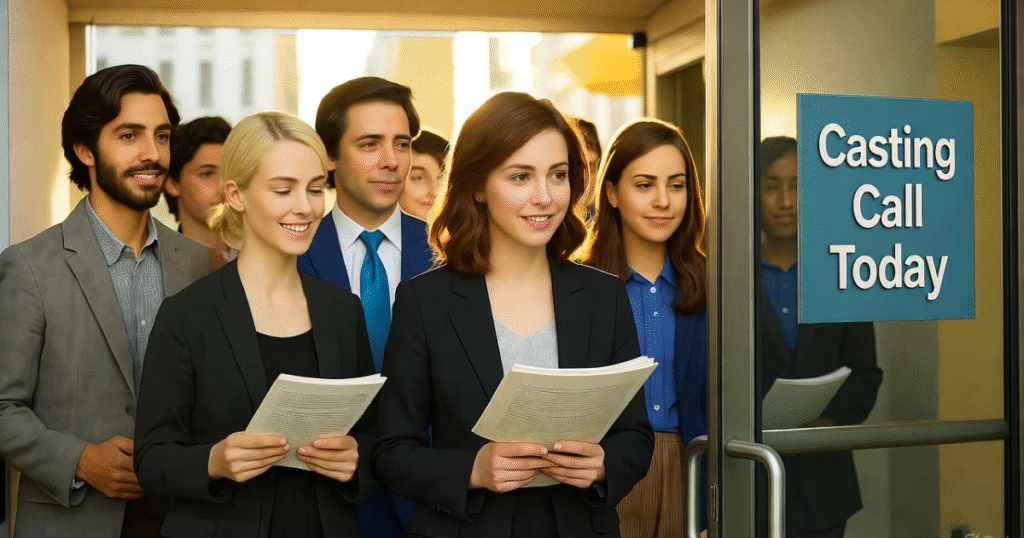
The Audition Gauntlet: Where the Journey Begins
The journey toward a breakout role rarely starts with red carpets—it usually starts in a cramped bedroom lit by a ring light, lines taped to the wall just out of frame.
Decoding the Casting Brief
A casting brief is the industry’s treasure map. It lists the character’s age, personality, backstory, and any required skills (“must juggle flaming torches,” anyone?). Smart actors read between the lines:• Tone: Is the show dark and gritty or light and comedic?• Genre Conventions: Fantasy heroes move differently than indie-drama leads.• Hidden Clues: References like “Fleabag-meets-Blade Runner” telegraph rhythm, humor, and visual world.
Actors mine this info to tailor their performance. Think of it like customizing a résumé for each job application—only in this case, the résumé talks back.
Crafting a Magnetic Self-Tape
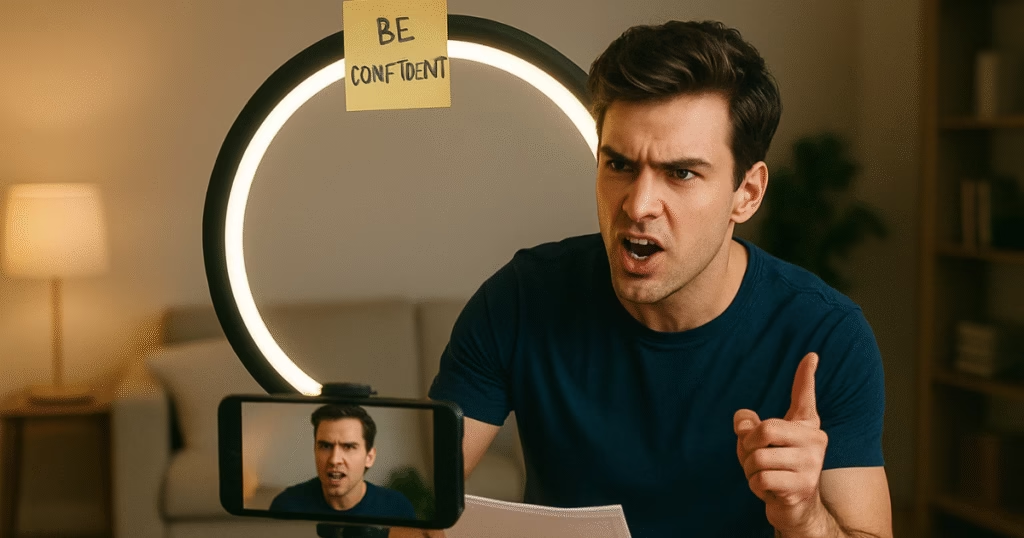
Thanks to smartphones, most first-round auditions are DIY. Winning tapes share three traits: clear sound, flattering light, and confident choices. Actors rehearse lines until they breathe naturally, then hit “record” about ten times to capture lightning in a bottle. They may:• Mark beats with sticky notes above the lens.• Use a neutral backdrop so casting can imagine any setting.• Send a slate (intro) showing height, location, and a quick smile—because charisma counts.
Pro tip: A great self-tape doesn’t just show what an actor can do; it lets casting directors relax because they’ve FOUND the character.
You’ve Got the Part: Celebration and Reality
The phone buzzes. Representation says four magic words: “They want to book.” Cue the champagne—then cue the panic. Landing the role shifts an actor from hunter to caretaker. They’re now responsible for guarding the character’s integrity, the director’s vision, and the producers’ schedule. Time to roll up sleeves.
Script Analysis: Laying the Foundation
If acting were architecture, script analysis would be the blueprint stage.
Mapping the Story Arc: How Actors Train for Big Roles
Actors read the script first for enjoyment, again for structure, and a third time with a highlighter in hand. They chart:• Inciting Incident—What catapults the character into action?• Turning Points—Moments where everything changes.• Climax—The character’s make-or-break showdown.
This roadmap prevents random performance choices. Imagine hiking without a compass—you’d wander, get lost, maybe eaten by narrative bears.
Objectives, Obstacles, and Stakes: How Actors Train for Big Roles
Every scene is a mini-battle:• Objective: What does the character want right now?• Obstacle: What stands in their way (person, secret, fear)?• Stakes: Why does it matter?
Keeping this triangle front of mind injects urgency. High stakes = high voltage = audiences leaning forward.
Physical Transformation: Sculpting the Exterior
Some roles demand more than emotional heft—they demand a whole new chassis.
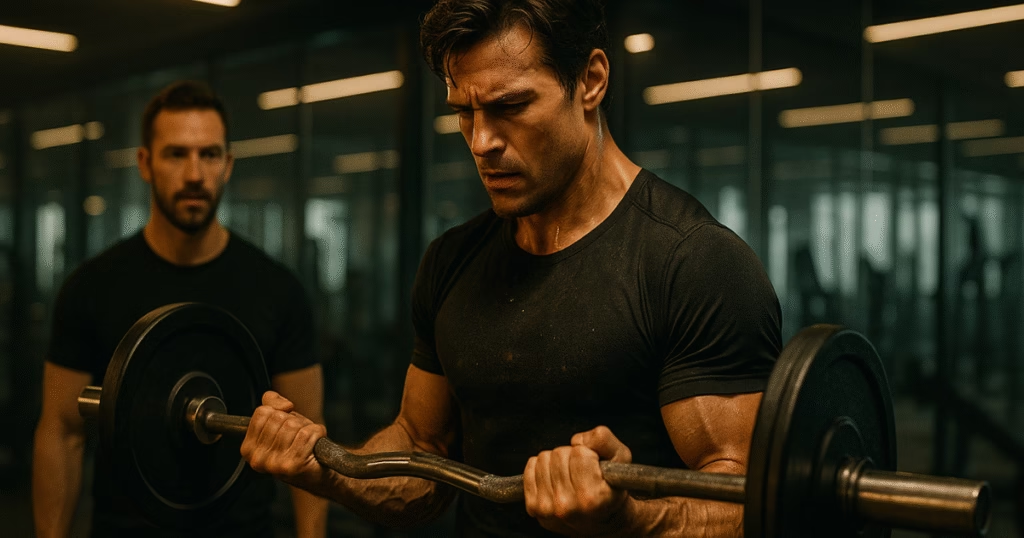
Dialect & Voice Coaching: How Actors Train for Big Roles
Accents are audible passports. A Bronx cadence signals toughness, while Received Pronunciation evokes old-world polish. Actors work with dialect coaches to:• Master phonetic shifts (“coffee” becomes “caw-fee”).• Embed rhythm so the accent stays even when shouting or whispering.• Avoid caricature—nothing yanks viewers out faster than a wobbly accent.
Movement, Stunts, and Specialized Skills
Need to swing a broadsword? Pilot a spaceship? Play a concerto? Trainers step in.• Stunt Coordinators: Teach safe tumbles, fight choreography, and how to sell impact (yes, there’s an art to movie punches).• Movement Coaches: Create signature walks—think Joaquin Phoenix’s awkward swagger as the Joker.• Skill Mentors: For “Whiplash,” Miles Teller trained drumming four hours a day until his blisters had blisters.
Transformations aren’t merely cosmetic—they’re muscle memory. Once the body “gets it,” the mind is free to play.
Emotional Conditioning: Excavating the Interior
Getting ripped is only half the gig. Great actors need cardio-for-the-heart—endurance for feelings.
Sense Memory, Substitution & Personalization
Popularized by the Method, sense memory taps real experiences (the smell of grandma’s cookies, the sting of first heartbreak) to ignite honest emotion on cue. Actors may:• Journal triggers to “pack” in an imaginary toolbox.• Use substitution—thinking of their own sibling while talking to an on-screen brother—to keep stakes real.
Boundary Work and Emotional Safety
Diving deep can flood the psyche. Ethical coaches teach “entry” and “exit” rituals—a song, a stretch, a line of poetry—to leave the role on set. Emotional seatbelts matter; without them, actors risk burnout or identity bleed (looking at you, method extremists).
Rehearsal Room Alchemy: How Actors Train for Big Roles
Now the cast assembles like Avengers in sweats.
Chemistry Reads & Ensemble Building
No hero operates in a vacuum. Chemistry reads test sparks between leads. Directors tweak pairings until the energy crackles. Ensemble workshops follow—trust falls, improv games, table reads. Why? Because genuine rapport on screen starts with genuine comfort off screen.
Improvisation Labs
Directors often run “what-if” scenarios: How would your character order coffee? Handle road rage? These unscripted moments reveal hidden facets and spontaneous quirks that may later enrich the film.
On-Set Adaptation: When the Camera Finally Rolls
Lights blind, boom mics hover like curious vultures, crew chatter hums. Now what?
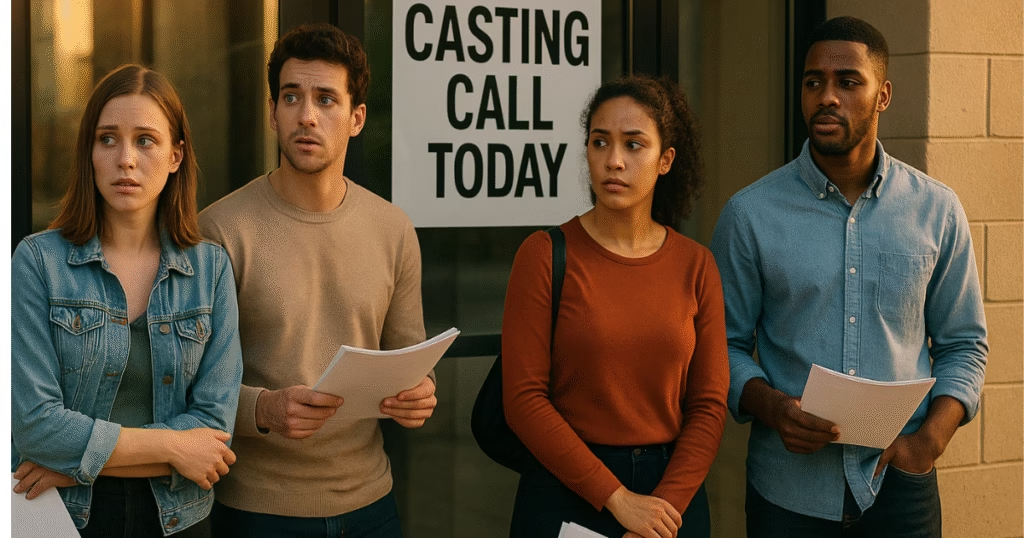
Collaborating with the Director: How Actors Train for Big Roles
The director’s word is gospel, but collaboration is key. Seasoned actors show up with prepared options—Version A earnest, Version B sardonic. They listen, adjust, and occasionally propose “one for safety,” their personal take, just in case. Many Oscar clips were born in that extra take.
Hitting Marks While Staying Present
Camera marks look like neon tape X’s on the floor. Stray an inch and you fall out of focus. Yet you must NOT appear to think about it. It’s the acting equivalent of patting your head while rubbing your belly—while reciting Shakespeare—on a moving train.
Mindfulness & Mental Health: Surviving the Roller Coaster
Filming is an emotional stock market: some days bull, some days bear. Actors maintain equilibrium via:• Meditation apps (Headspace is a set favorite).• Breathwork between takes.• Therapy or on-call counselors, especially for trauma-heavy roles.
Mental stamina isn’t optional—it’s the secret weapon separating flash-in-the-pan from long-haul legend.
Post-Production Participation: ADR, Pick-Ups & Press
Wrap doesn’t mean rest. Months later, actors enter a sound booth for ADR (Automated Dialogue Replacement), re-recording muffled lines. They may shoot pick-ups—tiny scene fragments that smooth narrative bumps. Then comes press: junkets, red carpets, late-night couches. Media coaching preps them to dodge spoilers and craft compelling soundbites—all while wearing shoes tight enough to make a statue wince.
Detaching from the Role: The Art of Letting Go
Remember those entry/exit rituals? They matter even more now. Some actors cleanse with symbolic gestures—haircuts, bonfires of annotated scripts, or simply a long, mindless vacation binge-watching cartoons. Letting go prevents typecasting and clears emotional bandwidth for the next adventure.
Conclusion: How Actors Train for Big Roles
From that first shaky self-tape to the chaotic dance beneath studio lights, an actor’s training is a mosaic of craft, discipline, and daredevil heart. They sculpt bodies like athletes, excavate memories like archaeologists, and weave emotions like master storytellers—all so viewers can laugh, cry, or cheer without seeing the sweat beneath the costume. Next time you watch a film and feel utterly transported, remember: behind that magic lies months (sometimes years) of relentless preparation. Lights fade, credits roll, but the actor’s journey? It’s already revving up for the next casting call.
FAQs: How Actors Train for Big Roles
1. How long do actors usually prepare for a big role?
Preparation can range from a few weeks to over a year, depending on the project’s scope, physical demands, and shooting schedule.
2. Do all actors use Method acting techniques?
No. Some swear by Method principles, others prefer Meisner, Adler, or a personal hybrid. The “best” technique is the one that keeps them truthful and healthy.
3. How do actors learn difficult skills so quickly?
Studios hire specialist coaches who design accelerated training plans—think boot camps for sword fighting, languages, or musical instruments—often 4–8 hours a day.
4. What happens if an actor can’t nail an accent?
Producers may bring in dialect coaches, adjust lines, or, in rare cases, recast. Authenticity matters, especially in today’s globally savvy market.
5. Is mental health support common on film sets?
Increasingly, yes. Productions now budget for on-set counselors or wellness programs, especially for projects with intense themes or long shoots.
Also Read-
https://topupdates.info/celebrity-workout-routines-10-star-approved-plans/
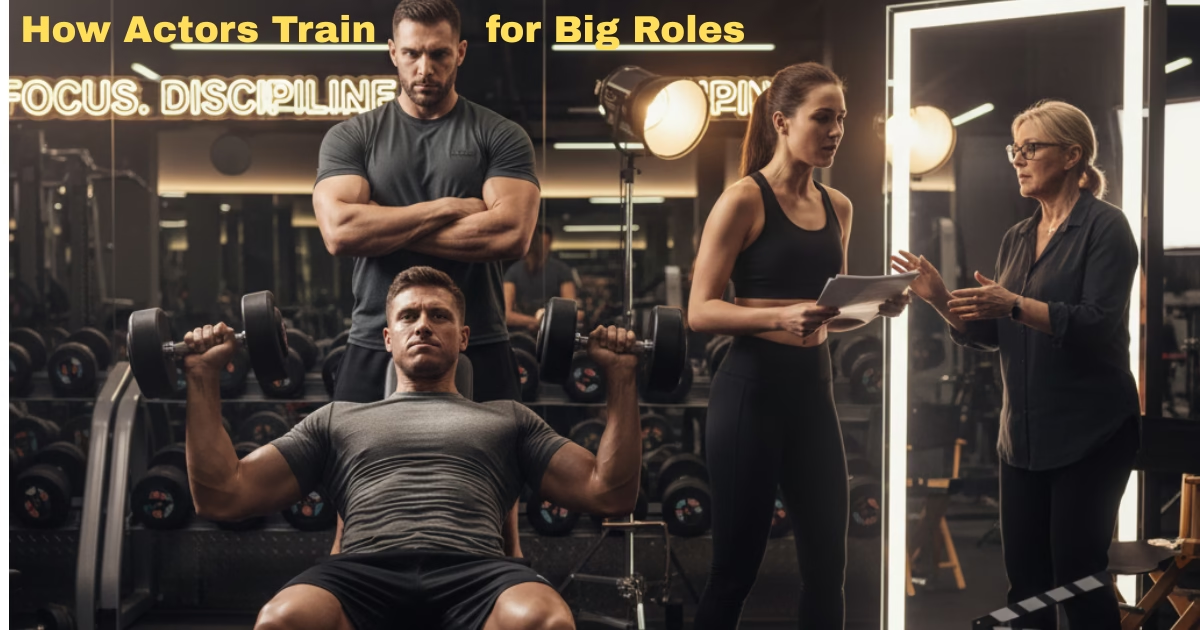
1 thought on “From Casting Call to Camera: How Actors Train for Big Roles(9 Facts)”